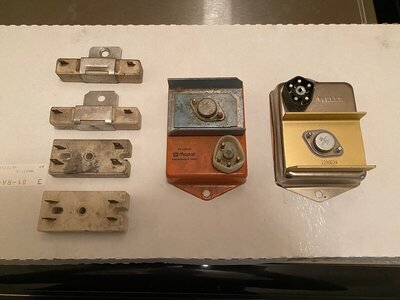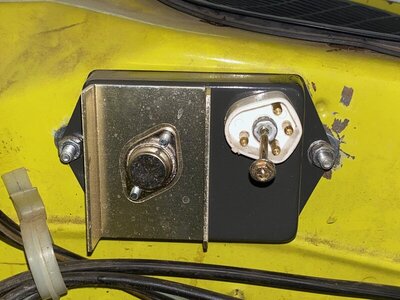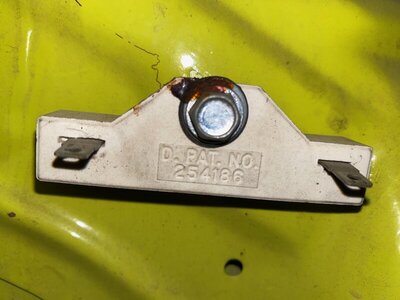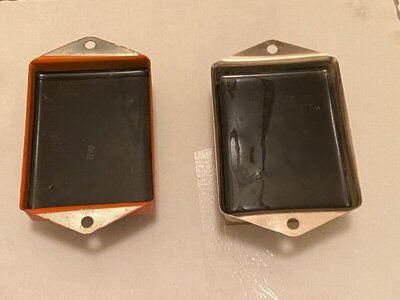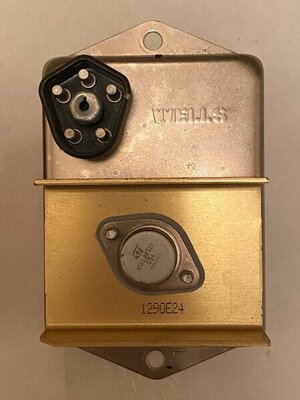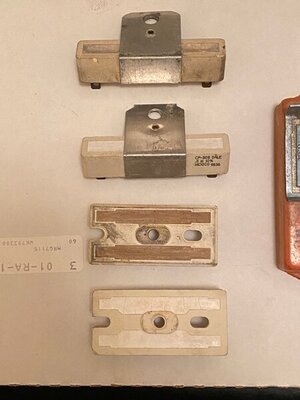MoparGuy68
Well-Known Member
Before I continue with my Charging issue thread, I'd like to know which type of ballast resistor should be on my car. Being a 1971, my car would have come from factory with standard ignition and a single style ballast resistor. It has been converted to MOPAR electronic ignition, and has a single style ballast resistor.
The 1972 & 1973 Factory service manuals that I have, show the electronic ignition using a DUAL ballast resister. When I converted my 1971 Challenger from standard to electronic (back in 1989), I apparently still ran a single ballast resistor. I had to look at an old photo from 1998 to confirm this. I also never had any electronic issues with that car. As I recall, the ammeter gauge had already been bypassed before I bought it and I left it that way.
When converting a standard car to electronic, should a SINGLE or DUAL ballast resistor be used? The guy that shortened and re-flared my fuel line said I should be running a DUAL resistor with the electronic ignition, but I never did that with my Challenger. So is he correct or not?
The 1972 & 1973 Factory service manuals that I have, show the electronic ignition using a DUAL ballast resister. When I converted my 1971 Challenger from standard to electronic (back in 1989), I apparently still ran a single ballast resistor. I had to look at an old photo from 1998 to confirm this. I also never had any electronic issues with that car. As I recall, the ammeter gauge had already been bypassed before I bought it and I left it that way.
When converting a standard car to electronic, should a SINGLE or DUAL ballast resistor be used? The guy that shortened and re-flared my fuel line said I should be running a DUAL resistor with the electronic ignition, but I never did that with my Challenger. So is he correct or not?

